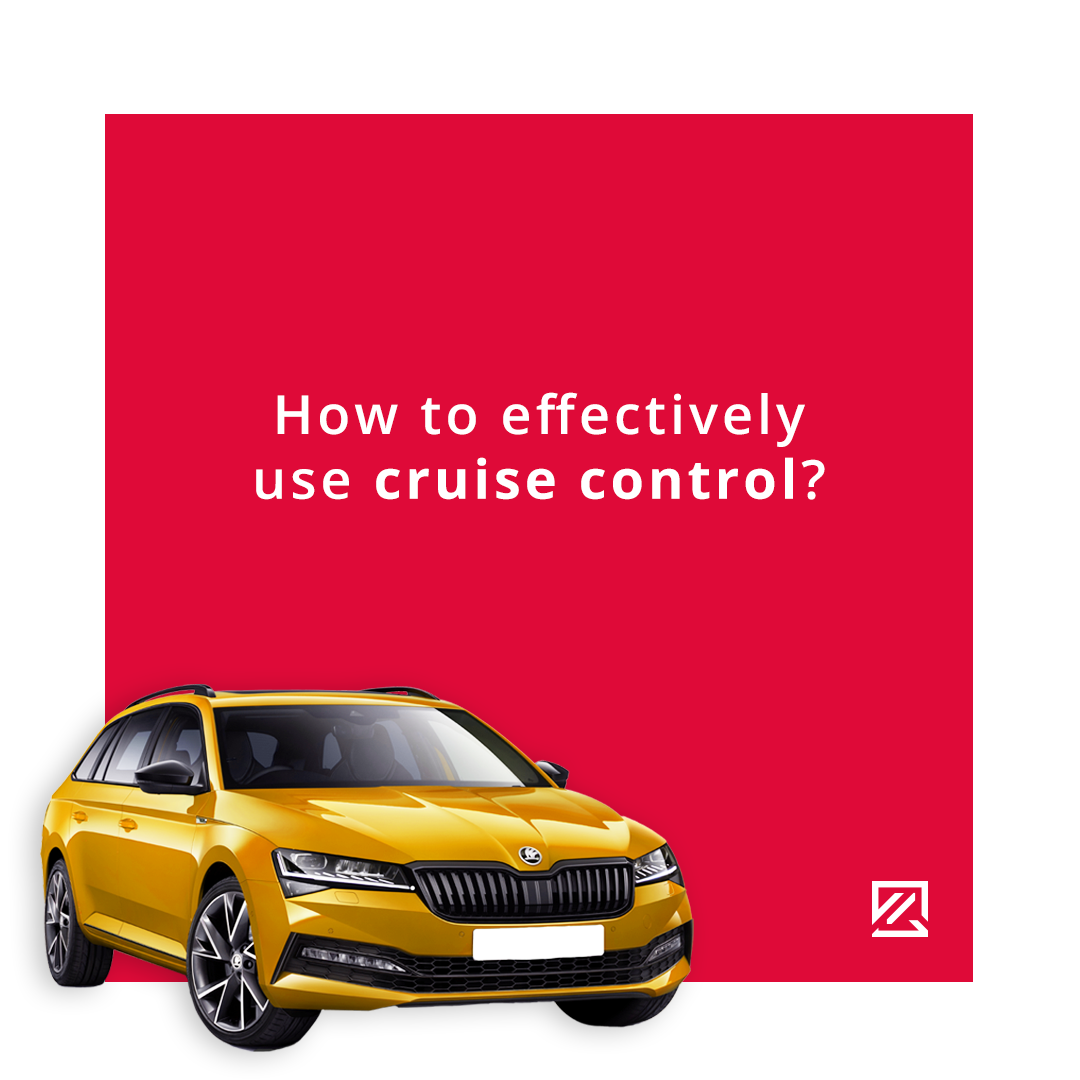How To Use Cruise Control Effectively!
Cruise control is an indispensable assistant when tackling longer journeys. Not only did cruise control helped thousands of truck drivers to cover more miles with less stress and fatigue, but it has also become almost a standardized feature in all modern cars. Cruise control gained popularity in the early 1960s and it progressively evolved to this day. We all know how to use cruise control if we have it, but do you know how to use it effectively?
/
Different types of cruise control
The basic principle of cruise control is to hold a certain speed without the driver having to press their foot on the throttle. To cancel the set speed, the driver either turns off the cruise control by pressing the “off” button or simply by pressing on the brake or the clutch. Generally speaking, there are three types of cruise control that are present on the market today:
Passive cruise control
The passive cruise control only maintains a preset speed. The control is based on the presetting of the accelerator pedal. The driver must follow the vehicles in front and change lanes or brake accordingly.
Active (adaptive) cruise control
Adaptive cruise control not only sets and holds the speed of a vehicle but also tracks the position of the leading vehicle in front. The adaptive cruise control uses a combination of radar data and camera detection to lock on the vehicle in front. If the vehicle in front of us breaks, the cruise control will brake and also downshift accordingly if the vehicle has an automatic gearbox.
Semi-autonomous cruise control
This type of cruise control has been popularized in recent years by Tesla. By now, other car manufacturers like Audi and Mercedes-Benz are also presenting semi-autonomous cruise control systems in their top-end models. Semi-autonomous cruise control offers the same benefits as adaptive cruise control with the added benefit of automatic lane changing and steering.
/
Get to know your cruise control!
It is common to see car owners not being completely familiar with the cruise control options, controls and settings. The first step to using cruise control effectively is to learn everything that your cruise control system offers you. While some passive cruise control systems tend to be fairly simple, it is the opposite with advanced adaptive cruise control systems. We recommend you take out your vehicle’s operating manual and spend 10 minutes studying the system before trying out its options on the road.
/
Using cruise control EFFECTIVELY!
If you aren’t an avid cruise control user, chances are you just aren’t using it properly! Here is how to use cruise control safely and effectively.
Check the conditions
What is the weather like? How is the traffic? Is there a lot of traffic lights? All these questions are relevant before using cruise control. We do not recommend that you use it in heavy rain or snow. We also don’t advise using it in stop and go traffic. If you are driving down the highway or a lonely backroad and the sun is out, cruise control is the way to go.
Build up speed and enable cruise control
Before engaging the cruise control, make sure to accelerate to your desired speed. Once you reach that speed, enable cruise control and enjoy. Don’t forget about speed limits and adjust your speed once the speed limit drops or increases. Avoid constantly changing your speed to reduce fuel consumption!
Keep your eyes on the road!
And your hands on the steering wheel, even if you have the most advanced cruise control. Cruise control is not a substitute for the lack of your attention. Even the most advanced semi-autonomous cruise control systems make mistakes, so never let your eyes wander to your smartphone.
Use the brake to disable cruise control
Once you no longer need cruise control, gently press the break to regain full control of your vehicle. Do not use cruise control until the conditions are right again.
/
Using cruise control SAFELY!
Cruise control is not made to be used at all times. When the conditions aren’t right, using it can be potentially dangerous. Here is when not to use cruise control.
When driving tired and fatigued!
We consider this to be the most important. Driving while feeling tired or fatigued is never a good idea. Using cruise control while fatigued can make you even less attentive and more prone to falling asleep behind the wheel. Take a break, stop at a petrol station, breath, stretch and grab a coffee!
Stop and go city driving
Using cruise control in congested traffic means you will have to constantly enable and disable cruise control. This takes away your attention from the road and can cause a collision. Don’t do it, it is a bad idea.
Wet, snow and ice
Using cruise control and letting go of full control is not recommended when road conditions require your full attention. We are all guilty of doing this but it isn’t something we should be doing.
Winding roads
Sharp turns require more of your attention than a straight motorway. Letting go of full control and driving around a sharp turn with cruise control might result in a bad accident. Take full control and enjoy those turns and corners!
/
Conclusion
Cruise control is best used when there is little to no traffic and the roads are straight with little to no speed limit changes. Using cruise control prevents us from driving past the speed limit and it also makes us drive more economically. Cruise control makes long journeys much more enjoyable because it gives us the chance to move our right foot and let go of control just a little bit. This is especially true if you own a vehicle with adaptive or semi-autonomous cruise control. But even then, never forget, no one can replace you, the driver!

